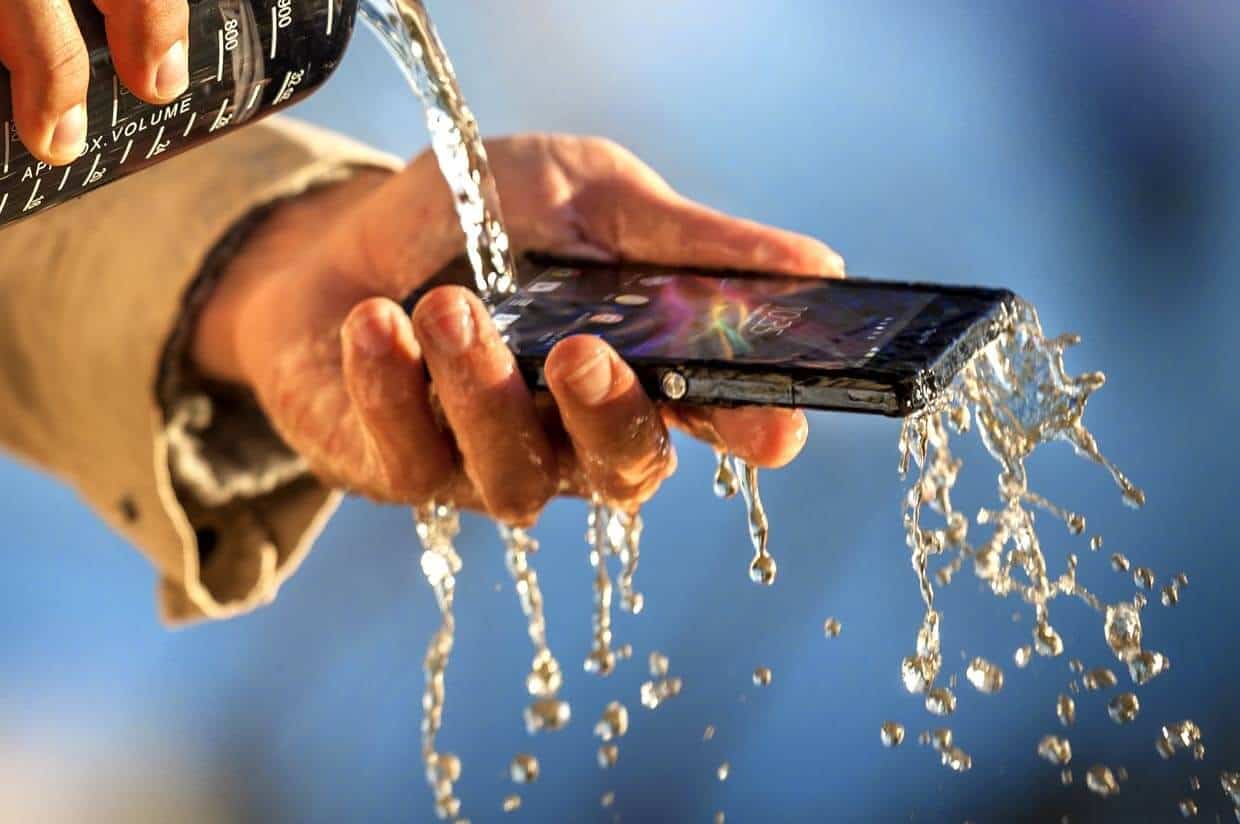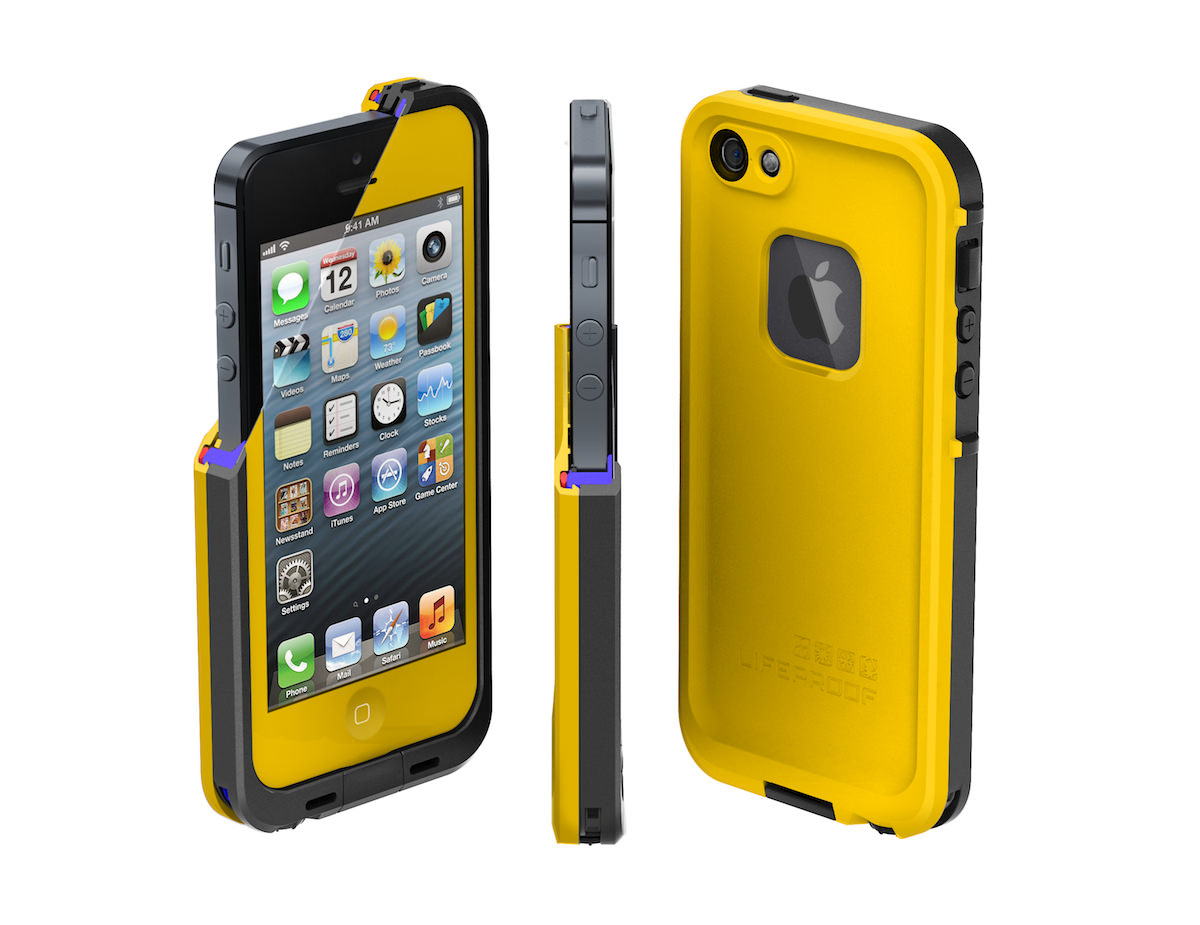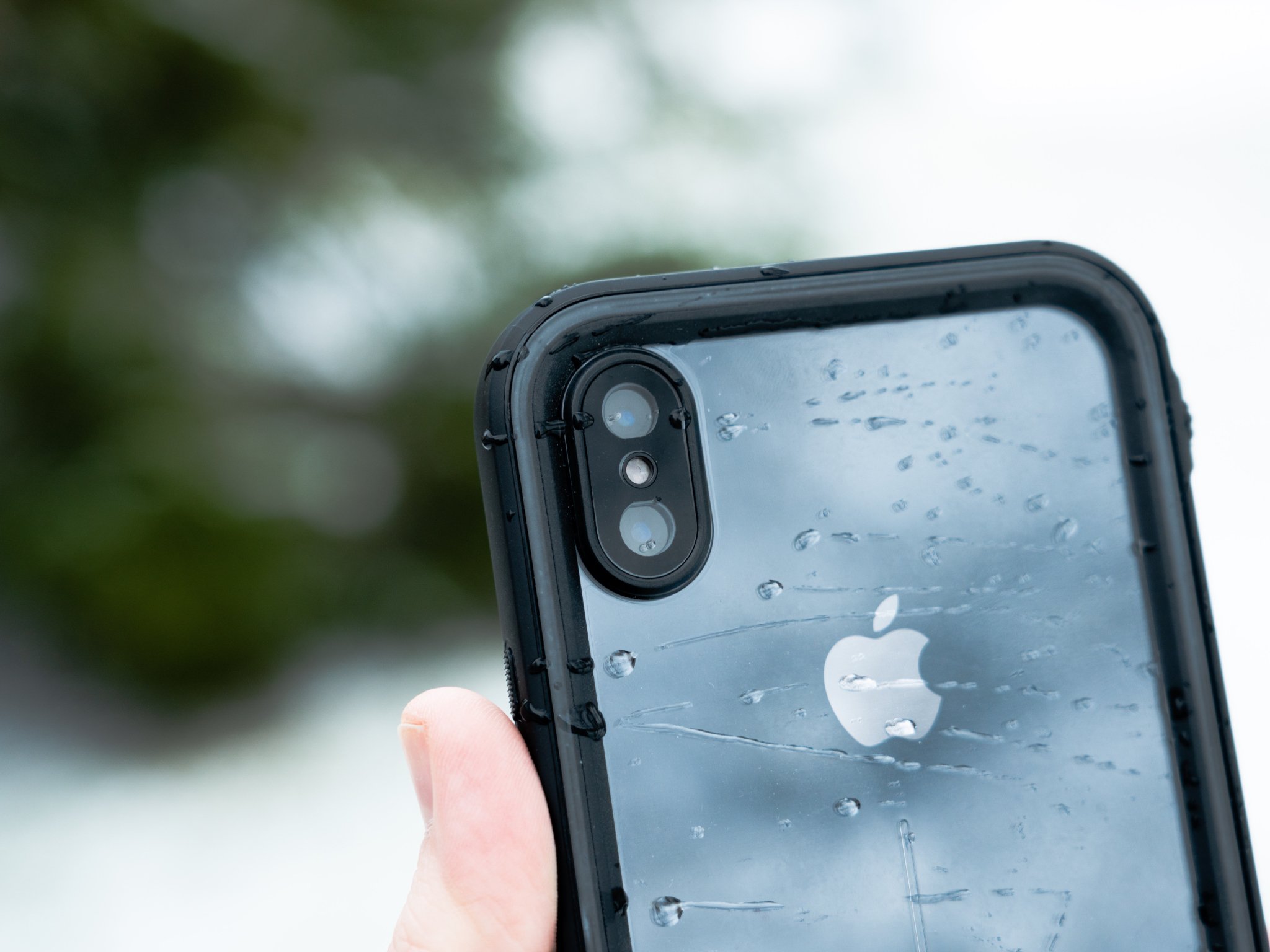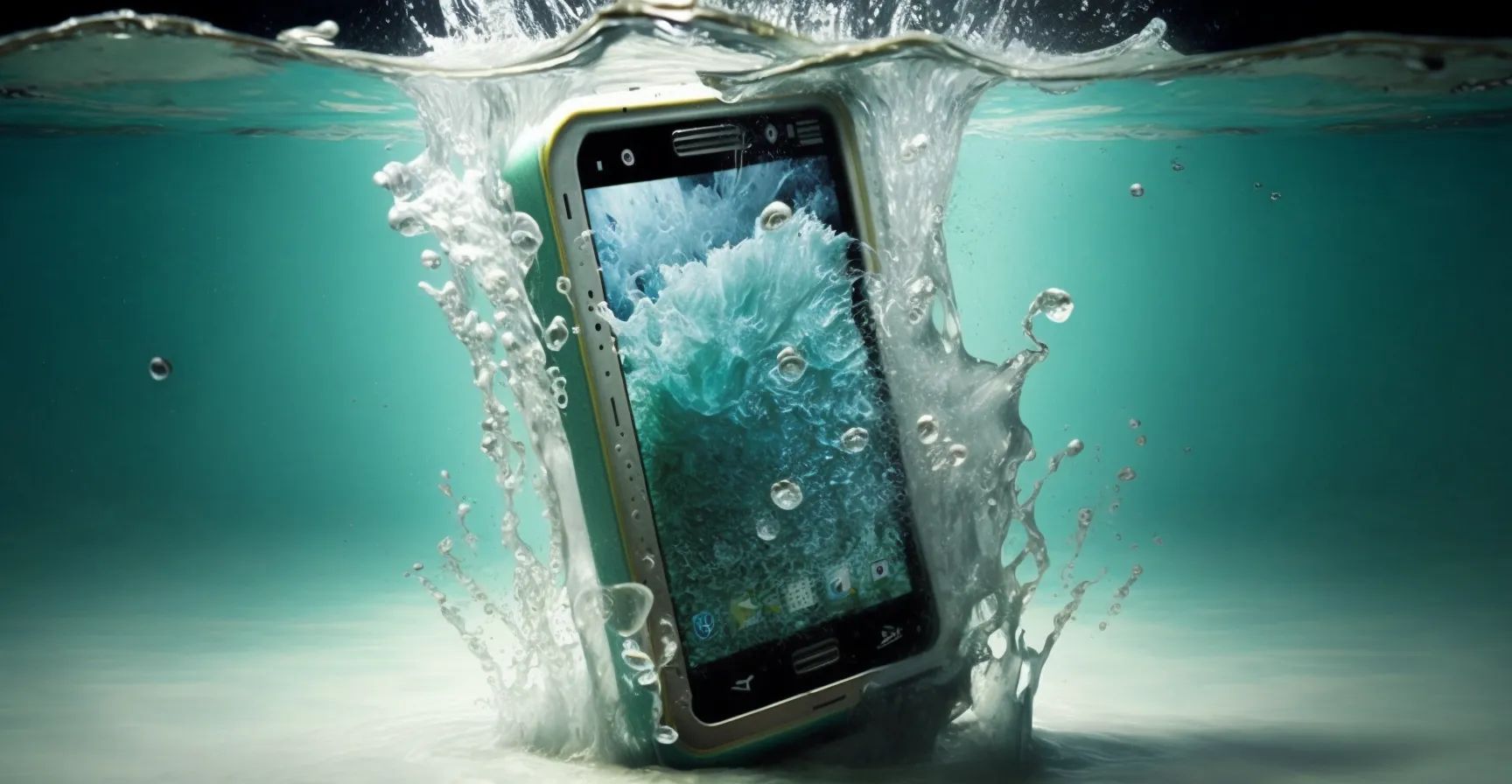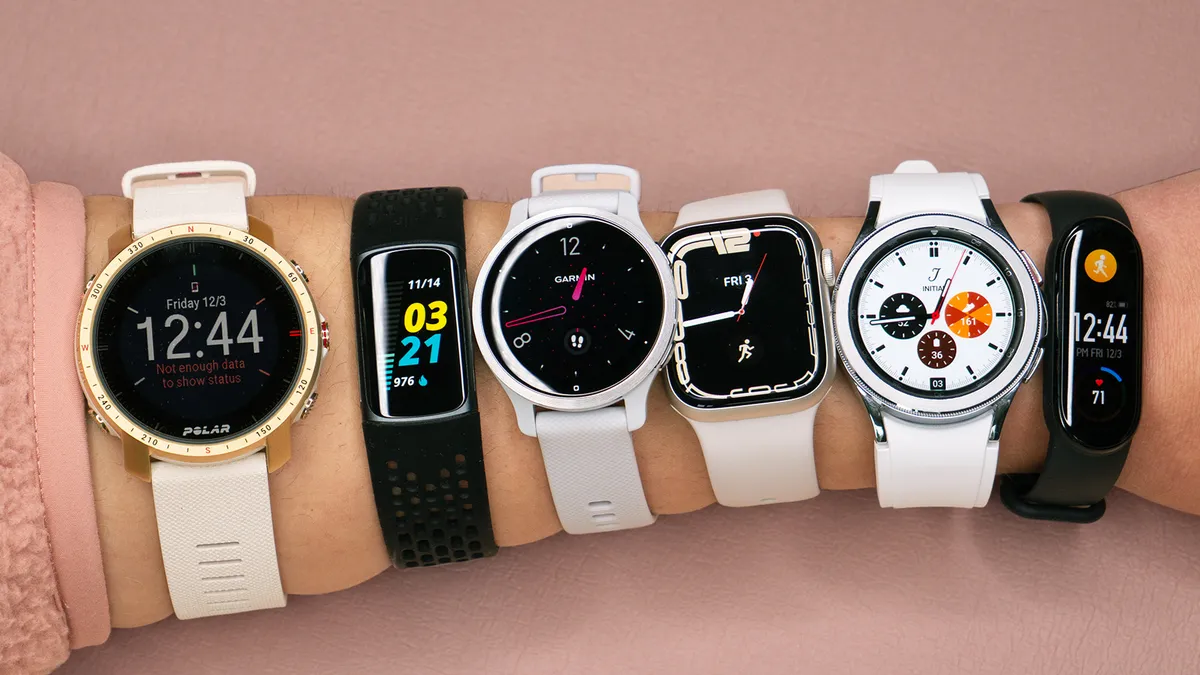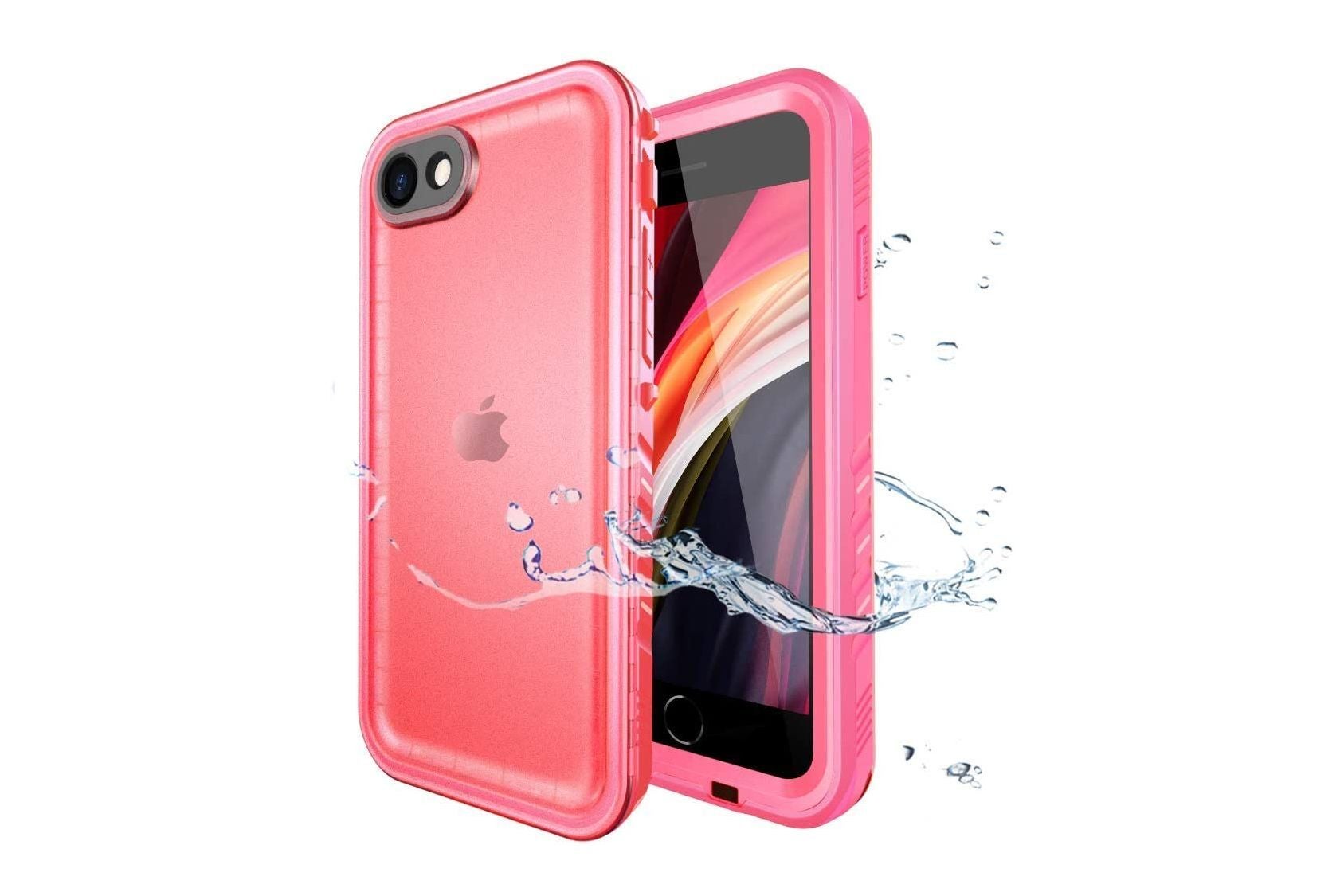Understanding Waterproof Ratings
When it comes to selecting a smartphone that can withstand water exposure, understanding waterproof ratings is crucial. These ratings provide valuable insights into a device's resilience against water and dust, allowing consumers to make informed decisions based on their specific needs and preferences.
In the realm of waterproof ratings, the term "IPX" holds significant importance. The "IP" stands for "Ingress Protection," which indicates a device's ability to withstand intrusion from foreign elements such as water and dust. The "X" denotes that the device's protection against solid particles has not been tested or certified. The IPX rating is followed by a number, which signifies the level of protection against water.
By comprehending these IPX ratings, consumers can gauge a smartphone's suitability for various water-related activities. Whether it's taking photos underwater or simply using the phone in rainy conditions, understanding these ratings empowers individuals to make prudent choices.
In the next sections, we will delve into the specifics of IPX ratings, deciphering what each rating means for your phone. This knowledge will serve as a valuable compass, guiding consumers through the sea of options when it comes to waterproof smartphones.
IPX Ratings Explained
IPX ratings are a critical aspect of understanding a smartphone's waterproof capabilities. The term "IPX" is a standardized classification that provides valuable insights into a device's ability to resist water and dust. By comprehending these ratings, consumers can make informed decisions when selecting a smartphone that aligns with their usage requirements.
The "IP" in IPX stands for "Ingress Protection," which is a globally recognized standard for assessing a device's resistance to external elements. The "X" in the IPX rating indicates that the device's protection against solid particles such as dust has not been tested or certified. The IPX rating is followed by a number, which denotes the level of protection against water.
The numerical value following "IPX" holds significant importance, as it signifies the degree of water resistance the device possesses. The higher the number, the greater the protection against water. For instance, a smartphone with an IPX7 rating can withstand immersion in water up to 1 meter for 30 minutes, whereas a device with an IPX8 rating can endure deeper submersion for a longer duration.
It is essential to note that the IPX rating does not solely pertain to immersion depth but also considers the device's ability to withstand water pressure and different water flow scenarios. This means that a smartphone with a higher IPX rating is not only capable of surviving accidental splashes but can also endure more rigorous water-related activities, such as swimming or snorkeling.
Understanding the nuances of IPX ratings empowers consumers to select a smartphone that aligns with their lifestyle and usage patterns. Whether it's for individuals who enjoy outdoor adventures or those who simply seek added protection against water damage in their daily lives, the IPX rating serves as a reliable indicator of a device's waterproof prowess.
In the subsequent sections, we will delve into the implications of each IPX rating for smartphones, shedding light on what these ratings mean for the device's resilience against water. This exploration will provide consumers with a comprehensive understanding of the implications of each IPX rating, enabling them to make well-informed choices when it comes to waterproof smartphones.
What Each IPX Rating Means for Your Phone
IPX1 – Limited Protection:
An IPX1 rating signifies minimal protection against vertically falling water droplets. While this rating may offer some safeguard against accidental spills or light rain, it does not provide substantial resistance to water exposure. Therefore, smartphones with an IPX1 rating are not suitable for activities involving significant water contact.
IPX4 – Splash Resistance:
Devices with an IPX4 rating can withstand water splashes from any direction. This level of protection makes them suitable for use in environments where exposure to water splashes is common, such as kitchens or bathrooms. However, it is important to note that IPX4-rated phones are not designed for submersion or prolonged exposure to water.
IPX7 – Water Immersion:
Smartphones boasting an IPX7 rating can endure immersion in water up to 1 meter for 30 minutes. This level of protection makes them suitable for activities like swimming or snorkeling, where the device may be exposed to temporary submersion. Additionally, IPX7-rated phones offer reliable protection against accidental drops in water, providing peace of mind for users in various water-related scenarios.
IPX8 – Waterproof Performance:
The highest among the common IPX ratings, IPX8 signifies exceptional waterproof capabilities. Phones with this rating can withstand continuous submersion in water beyond 1 meter, as specified by the manufacturer. This level of protection makes IPX8-rated smartphones ideal for underwater photography, snorkeling, or activities involving prolonged water exposure.
Additional Considerations:
It's important to remember that while IPX ratings provide valuable insights into a phone's water resistance, other factors such as build quality, seals, and the manufacturer's guidelines also play crucial roles in determining a device's actual waterproof performance. Therefore, when considering a waterproof phone, it's advisable to review the overall construction and recommended usage guidelines to ensure the device aligns with specific water-related needs.
Understanding the implications of each IPX rating empowers consumers to make informed decisions based on their lifestyle and intended usage scenarios. By evaluating the level of water resistance offered by different IPX ratings, individuals can confidently select a smartphone that aligns with their preferences, whether it's for occasional water exposure or more demanding aquatic activities.
Factors to Consider When Choosing a Waterproof Phone
When embarking on the journey of selecting a waterproof phone, several crucial factors warrant careful consideration to ensure that the chosen device aligns seamlessly with individual needs and preferences. By evaluating these essential aspects, consumers can make an informed decision that not only meets their waterproof requirements but also enhances their overall smartphone experience.
Waterproof Rating:
The first and foremost factor to assess is the waterproof rating of the phone. Understanding the IPX rating and its implications is vital, as it directly correlates to the device's ability to withstand water exposure. By evaluating the IPX rating, individuals can discern the level of water resistance offered by the phone, enabling them to choose a device that aligns with their anticipated water-related activities.
Build Quality and Seals:
Beyond the IPX rating, the overall build quality and effectiveness of seals play a pivotal role in determining a phone's waterproof integrity. Devices with robust construction and strategically placed seals offer enhanced protection against water intrusion. It's essential to consider the quality of materials used in the phone's construction, as well as the presence of reinforced seals to ensure reliable waterproof performance.
Durability and Impact Resistance:
In addition to water resistance, the durability and impact resistance of a waterproof phone are crucial considerations, especially for individuals with active lifestyles. A phone designed to withstand water exposure should also possess robust durability to endure accidental drops and impacts. Assessing the device's overall durability ensures that it can withstand the rigors of outdoor activities without compromising its waterproof capabilities.
Camera and Underwater Capabilities:
For photography enthusiasts or individuals seeking a phone for underwater use, evaluating the camera specifications and underwater capabilities is essential. Waterproof phones with advanced camera features tailored for underwater photography or videography offer a unique and immersive experience. Assessing the camera's performance in aquatic environments ensures that the phone meets specific creative and recreational needs.
Manufacturer's Guidelines and Warranty:
Reviewing the manufacturer's guidelines and warranty pertaining to waterproof performance is crucial. Understanding the recommended usage scenarios, maintenance practices, and warranty coverage provides valuable insights into the phone's intended waterproof capabilities. Additionally, adhering to the manufacturer's guidelines ensures that the device maintains its waterproof integrity over time, offering long-term reliability.
By carefully evaluating these factors, individuals can confidently select a waterproof phone that not only meets their water-related needs but also aligns with their overall usage requirements. Whether it's for everyday protection against water exposure or specific aquatic activities, considering these essential aspects ensures that the chosen device delivers a seamless and reliable waterproof experience.
Tips for Maintaining Waterproof Integrity
Ensuring the long-term waterproof integrity of a smartphone involves proactive measures and mindful maintenance practices. By incorporating the following tips into regular device care routines, individuals can preserve the waterproof performance of their phones, safeguarding them against water-related damage and maintaining peace of mind in various environments.
1. Regular Inspection and Cleaning:
Periodic inspection of the phone's exterior, particularly the seals and ports, is essential to identify any signs of wear, debris accumulation, or potential vulnerabilities. Cleaning the device with a soft, lint-free cloth and gentle cleaning solutions, as recommended by the manufacturer, helps prevent the buildup of dirt or residue that could compromise the waterproof seals.
2. Adhering to Manufacturer's Guidelines:
Adhering to the manufacturer's guidelines for waterproof phones is paramount. This includes following recommended usage scenarios, such as adhering to specified depth and duration limits for water exposure. Additionally, understanding the manufacturer's prescribed maintenance practices and adhering to them diligently contributes to sustaining the phone's waterproof integrity.
3. Protective Cases and Accessories:
Utilizing compatible protective cases and accessories designed for waterproof phones enhances their resilience against water exposure. Investing in high-quality waterproof cases and ensuring their proper installation provides an additional layer of protection, especially during activities involving prolonged water exposure or potential impact.
4. Avoiding Harsh Conditions:
Avoiding exposure to harsh environmental conditions, such as extreme temperatures, direct sunlight for extended periods, or abrasive materials, contributes to preserving the phone's waterproof integrity. Protecting the device from conditions that could compromise its seals or structural integrity is essential for long-term waterproof performance.
5. Careful Handling During Water Exposure:
When using a waterproof phone in aquatic environments, exercising caution and mindfulness is crucial. Avoiding sudden impacts, ensuring secure closure of protective flaps or covers, and refraining from exposing the device to excessive water pressure beyond its rated capabilities are key practices for maintaining its waterproof integrity during use.
6. Prompt Inspection After Water Exposure:
After any water-related activities or accidental exposure, promptly inspecting the phone for signs of water ingress or damage is imperative. This includes checking for moisture accumulation in ports, verifying the functionality of buttons and touchscreens, and ensuring that the device remains free from water-related issues.
By integrating these proactive measures into their smartphone care routines, individuals can uphold the waterproof integrity of their devices, extending their longevity and reliability in diverse water-related scenarios. Embracing these tips not only safeguards the phone against potential water damage but also ensures that it continues to deliver consistent waterproof performance over time.







